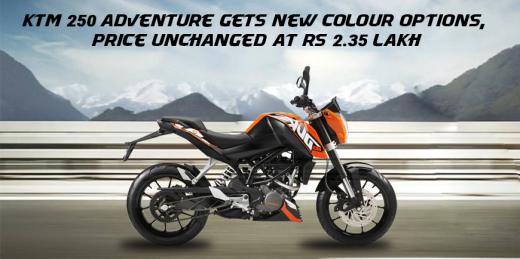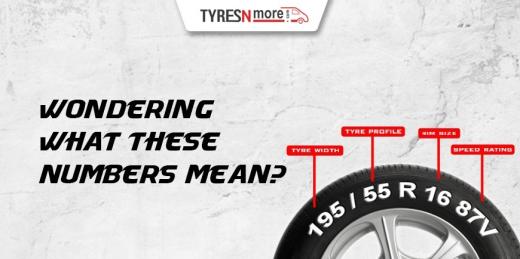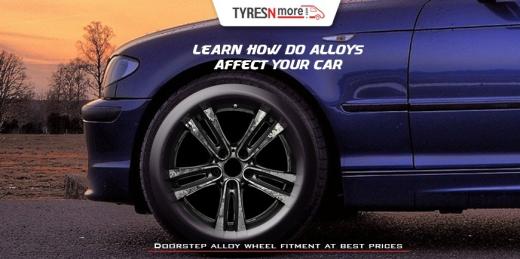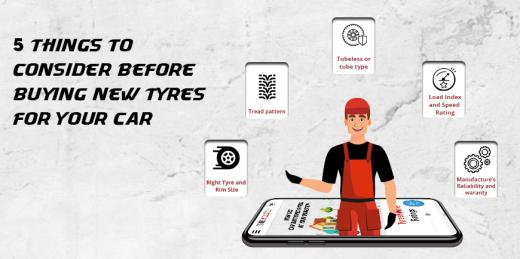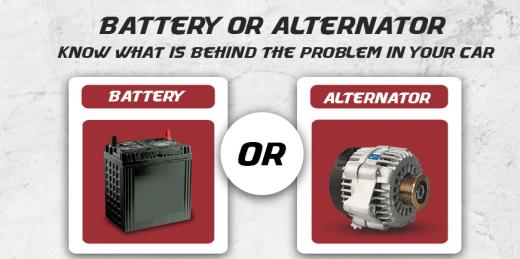
Types of car tyre patterns – Know the best one for you
Tyre treads are differently designed to enhance a vehicle’s grip, handling and stability for specific driving conditions.
Many of us know what tyre tread means, but what we might not know, is the specific tread pattern, and its usage or impact in different driving conditions. Just like a sports car and an off-road car have their specific driving purpose; similarly, their tyre tread patterns are also uniquely crafted to achieve particular results. Let’s look at the different types of car tyre patterns, and which is the right one for you.
Symmetric Tread Patterns – Cost-efficient and Comfortable
Symmetric tread patterns in tyres are the most common type and are part of most passenger cars. The tread in this pattern consists of symmetrically shaped inner and outer layers that mirror each other. The tyre is surrounded by the continuous formation of tread blocks.
Secondly, symmetric tread patterns are also known as multi-directional because they can be mounted on the wheel and rotated in multiple ways without impacting the performance. This phenomenon makes them more adaptable than other types and falls lighter on pockets as well.
Asymmetric Tread Patterns – For Enhanced Performance
Opposite of the symmetric design, in this type of pattern, the inner and outer layers of the tread are created with different channels and tread blocks. This design enhances grip on flat roads and simultaneously offers apt handling of wet and dry surfaces, without compromising on cornering.
The tread blocks are generally thicker for offering a larger contact area for enhanced stability. Tyre rotation in asymmetric type is limited. This tread pattern is mostly used in sports cars, which are designed to offer performance on both wet and dry roads.
Directional Tread Patterns – Designed for Pure Performance
Directional types of tread patterns are designed to roll in unidirectional or in one way. Directional tread tyres can be recognized by their ‘V’ shaped design and thick grooves in the tread blocks, which are designed to evade water more efficiently, and increase aquaplaning resistance at high speeds.
And as the name denotes, the directional or unidirectional tyres are designed to be rotated in a single direction using a front-to-back or back-to-front pattern. These tyres are characterized by an arrow on the sidewall, suggesting the direction in which they need to be rolled while mounting on the car. The directional tread patterns are mostly used in sporty cars designed to handle snowy or wet tracks.
Tyre pattern determines the overall performance and suitability of the vehicle. To maintain optimal performance characteristics of your car, you need to get the identical make and model of your desired tyre like the ones you already have in your car.






